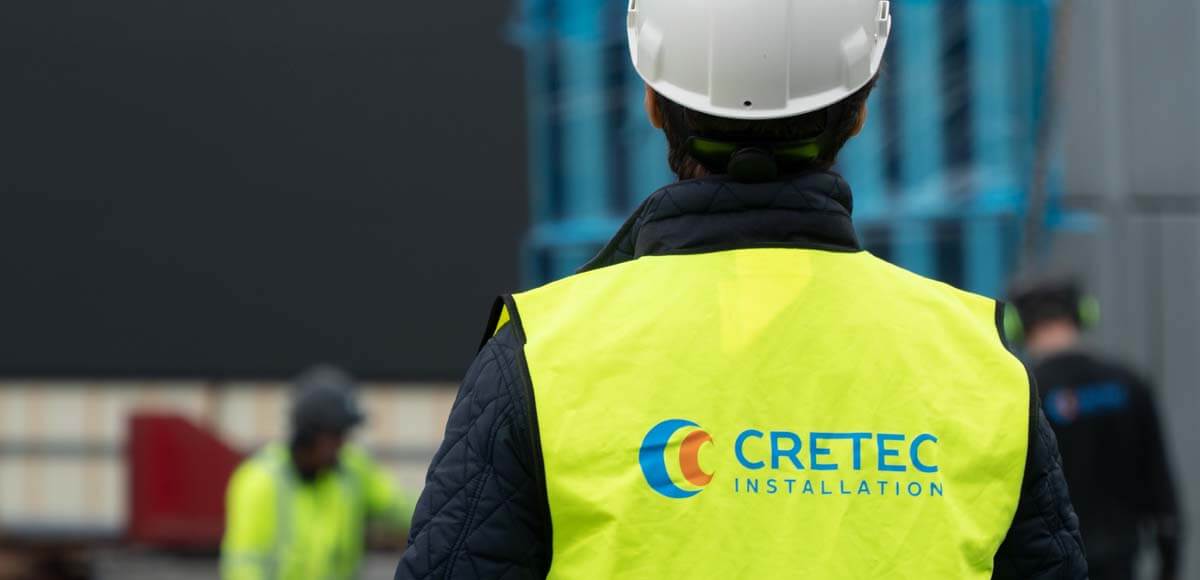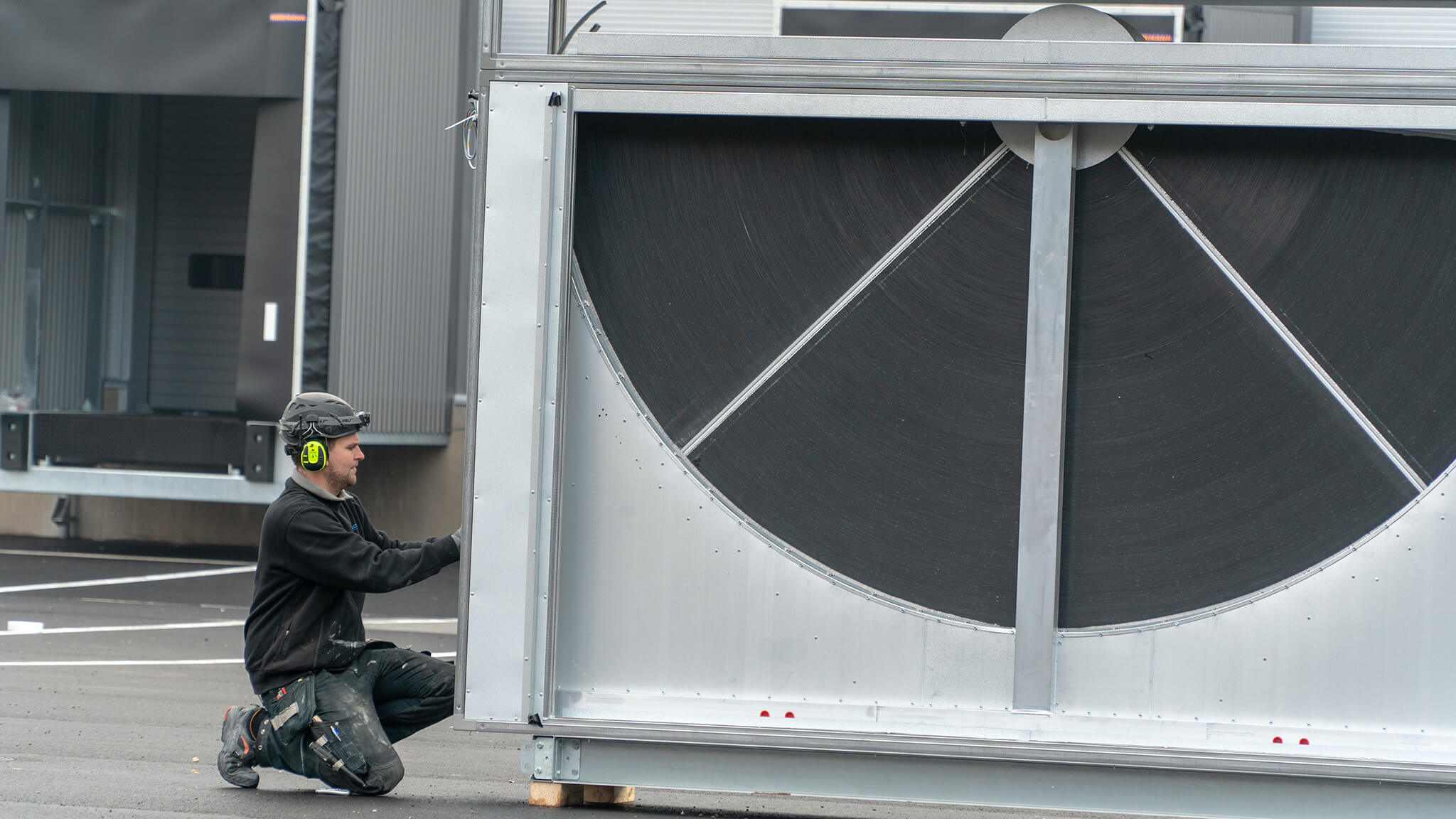Keeping Your Environment Safe with Jönköping Ventilation

Poor indoor quality of air affects thousands of people world wide, yet many stay unacquainted with the important position Ventilation Jönköping plays in maintaining balanced environments. Whether in properties, offices, or industrial spots, successful air flow programs offer as the very first type of safety against airborne toxins, excess humidity, and dangerous gas buildup.

Research shows that people spend around 90% of the time indoors, creating indoor air quality a paramount matter for public health. Without sufficient ventilation, interior spaces can harbor pollutants at concentrations two to five situations more than outside levels.
The Technology Behind Secure Air Flow
Contemporary ventilation programs work by producing controlled air exchanges that eliminate stagnant, contaminated air while introducing new, filtered air. That continuous method stops the deposition of hazardous substances including volatile organic ingredients (VOCs), carbon dioxide, and biological toxins like form spores and bacteria.
Strategic air motion also regulates moisture levels, blocking moisture-related issues that can bargain both structural strength and occupant health. Maximum moisture ranges between 30-50% help reduce the growth of hazardous microorganisms while maintaining comfortable conditions.
Health Advantages of Quality Ventilation
Reports constantly display that appropriate air flow decreases respiratory ailments, allergy symptoms, and sick building syndrome symptoms. Individuals in well-ventilated offices show increased production degrees and less sick days compared to these in badly ventilated spaces.
For weak populations including young ones, aged persons, and those with compromised resistant techniques, clean air flow becomes even more critical. Efficient techniques filter particulates and contaminants that can induce asthma episodes or intensify active respiratory conditions.
Important The different parts of Successful Methods
Contemporary ventilation answers integrate multiple systems to maximise air quality. HEPA filters capture tiny contaminants, while triggered carbon components counteract smells and substance vapors. Temperature recovery ventilators keep power effectiveness by transferring heat between inward and outgoing air streams.
Wise receptors now monitor air quality in real-time, quickly adjusting ventilation charges based on occupancy levels and recognized pollutant concentrations. This technology ensures optimum air quality while reducing energy consumption.
Preservation Issues
Regular maintenance maintains ventilation techniques running at peak efficiency. Filtration replacements, duct washing, and portion inspections prevent system degradation that could bargain air quality. Forgotten techniques often become sourced elements of contamination rather than solutions.

Skilled assessments support recognize possible issues before they affect indoor environments. Normal monitoring ensures programs keep on meeting security criteria and performance expectations.
Creating Healthy Areas
Buying quality ventilation represents an investment in long-term wellness and safety. Whether upgrading present systems or developing new installations, prioritizing quality of air produces conditions wherever persons may thrive.
Clean air isn't a luxury—it's a basic necessity for healthy residing and functioning spaces. Appropriate ventilation techniques provide this essential company while adding to over all environmental safety and occupant wellbeing.
